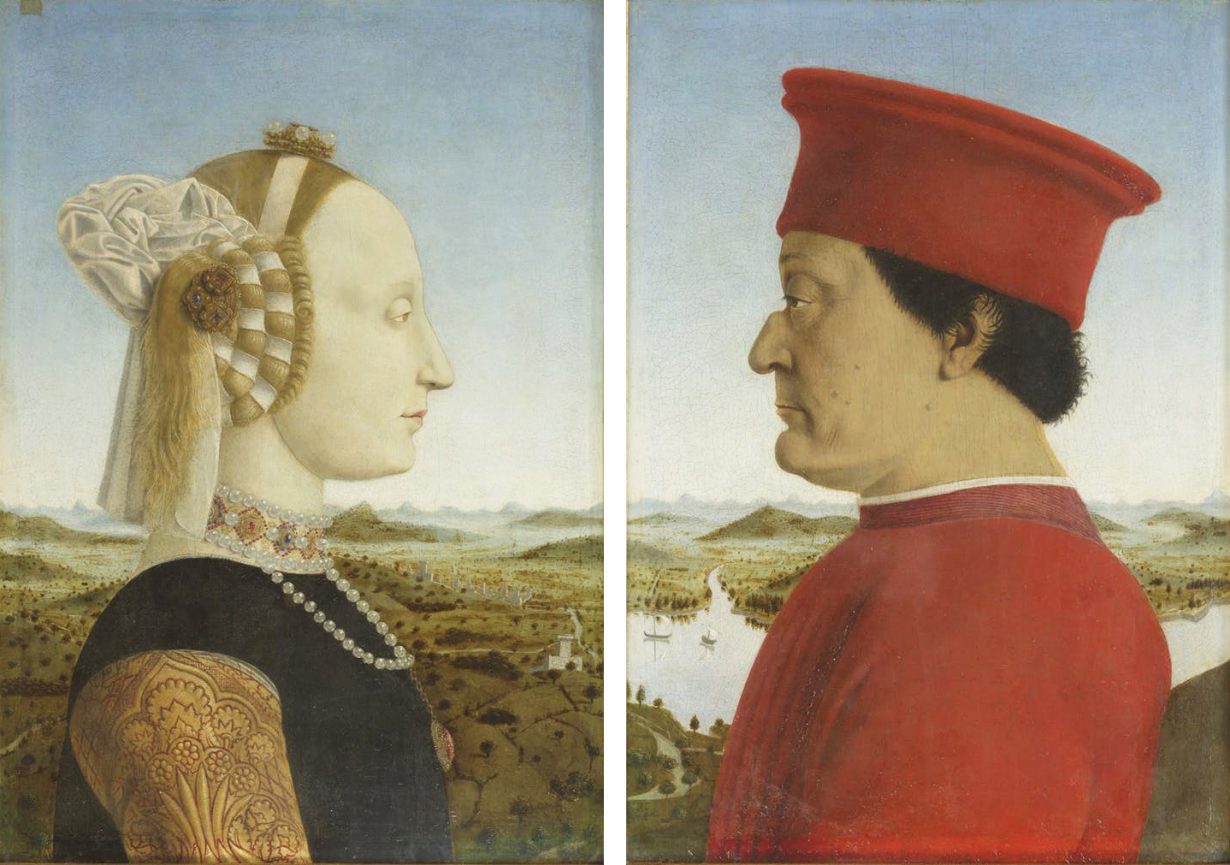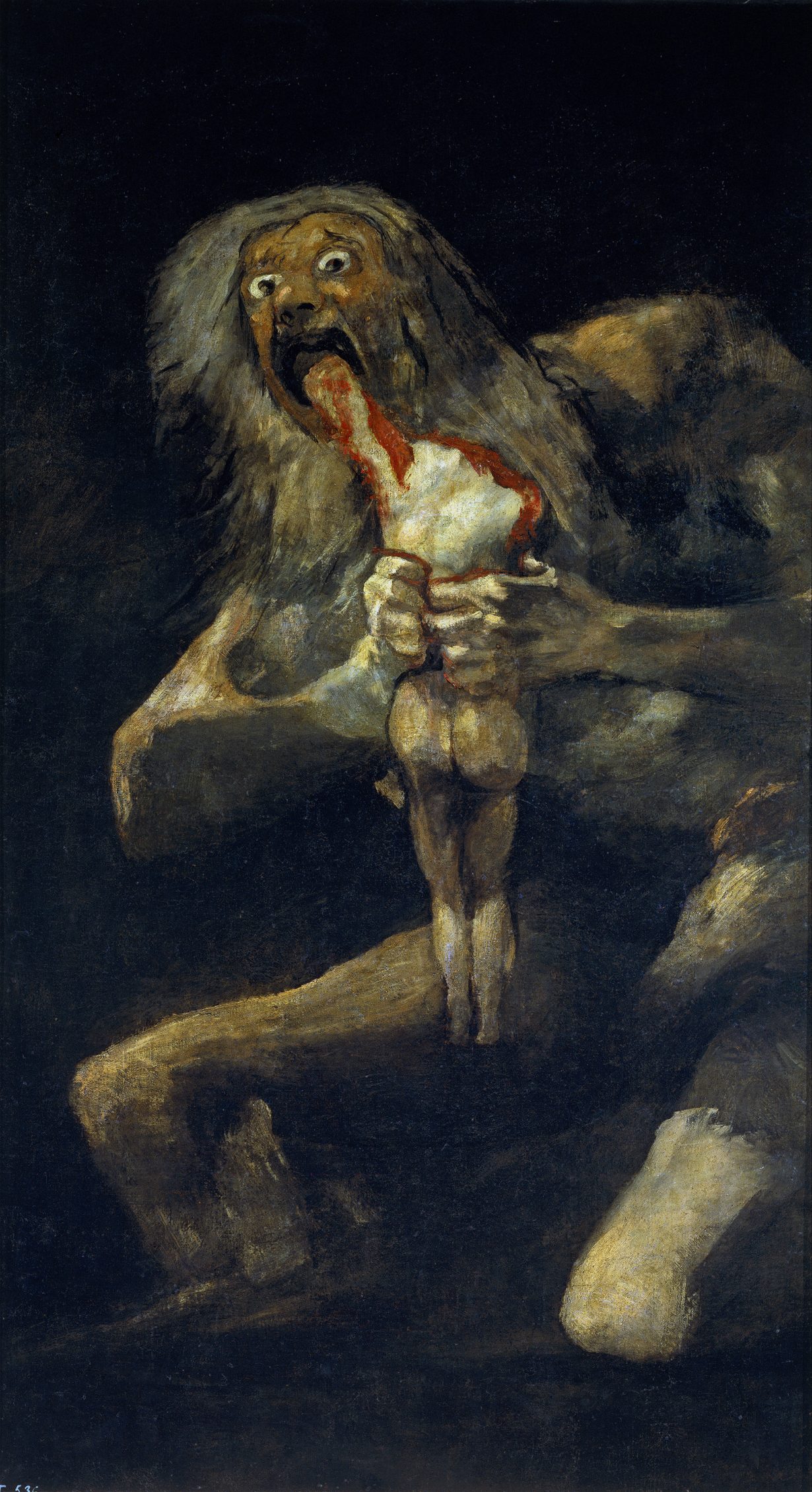Our resident identity politician makes kin in the identoscene

It has been said that identity politics is killing art. Because all art now has to be a statement about wherever it is the artist has come from. So that audiences can understand the detail of their trauma. How art might convey such details – its textures, tones and medium – is now largely irrelevant: only what it says and the artist who said it is important. But has identity ever shaped art? Really? And can we ignore the hows and still call something art? Looking back to the pioneers of art history, it would seem identity is only ever something imposed upon the artist, pinning the meaning of their art to a specific and narrowing view.
Piero della Francesca, for example, approached painting as only a mathematician from a papal town could, entangled with issues of geometry and ‘staying with the trouble’ of Christianity, at that point a sect struggling with factionalism that had established itself north of the Mediterranean. His canvases depict the people of his region with a sense of grace, labouring as they were under a nascent capitalism; his paintings of the local cosmology bring its deities to a human level, with the same baggy eyelids and zoned-out expressions. He drew on the ecology of his home village to populate the backgrounds of his paintings, enacting a subtle spatiotemporal displacement, with his most famous work depicting a couple, who were into supporting the arts and spearheaded his community, as pallid giants, facing each other as they stood towering over a vast open valley – symbolic of their interconnected relationship with nature. Here, his portraits weren’t foregrounding identity so much as interplanetary relationships in the microcosm of the Tuscan Apennines during the 1470s.
Goya’s so-called Black Paintings were a pure expression of emotional turmoil, transforming his experience of PTSD into allegorical figures that allow us to glimpse the range of his inner life. One long-limbed and wily man clutches a smaller human body, gnawing on its bloodied arm. The larger figure’s face looks back at us as if surprised to be caught in the act of late-night cannibal snacking, with a hint of self-pity, a cry for help: he can’t stop scoffing this treat. Made in the intimacy of Goya’s own dining room, the works are a portrait of mental health in crisis and a call for the care needed in times of strife. Some have interpreted this as the Roman god Saturn devouring his own son; Goya, though, transforms myth into a relatable fable of how humanity is literally eating itself. Perhaps this, he suggests, is our way of ‘making kin’. Goya, too, worked beyond identity, exploring universal themes of trauma and hunger.

And then we have the profound vision of Picasso’s Blue Period, an extended, years-long body of work that addressed humanity’s place within the Anthropocene. These works might appear as individual portraits and scenes, but each of these people are subsumed within the wider body of the work, where faces and individual stories don’t matter. With each painting a subset of the larger vision, the blue tint of the canvases creates its own new ‘blue’; it could be the blue of the sea, in which they are all drowning, or a holistic vision of a blue planet that these people inhabit. The paint itself becomes symbolic of water, a layer washing over every canvas, his work imaginatively crossing the oceans to extend a watery hand of solidarity to the islands of Guam and the Philippines that Spain had just relinquished, as all part of one planet. His geological vision in deep time marks it as one of the earliest, if not the earliest, ecological gesamtkunstwerk.
Even the YBAs, ever represented as brash individualists, were more concerned with issues of sustainability and historiography than those of identity. Tracey Emin’s tent, hand-stitched with the names of all those with whom she was close, is a roll call of multiple epistemologies and ways of knowing. What’s in a name? she asks. The portable housing mechanism of the tent itself also references climate emergencies and displacement, embodying a ‘carrier bag of fiction’ approach to the art object. And: the tent is empty. Just as the artist’s unmade bed as an installation becomes a symbol of a bed – becomes everyone’s bed – it seems this has always been the role identity plays in art. The artist might make the bed, but we lie in it. Who’s in the bed with you is up to you.